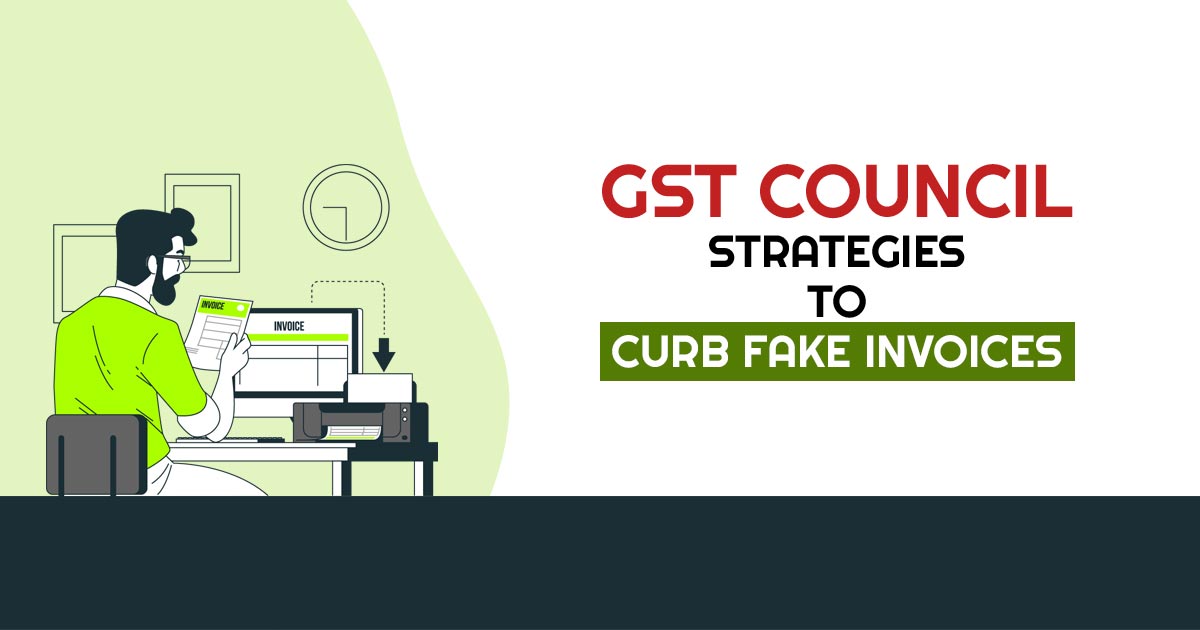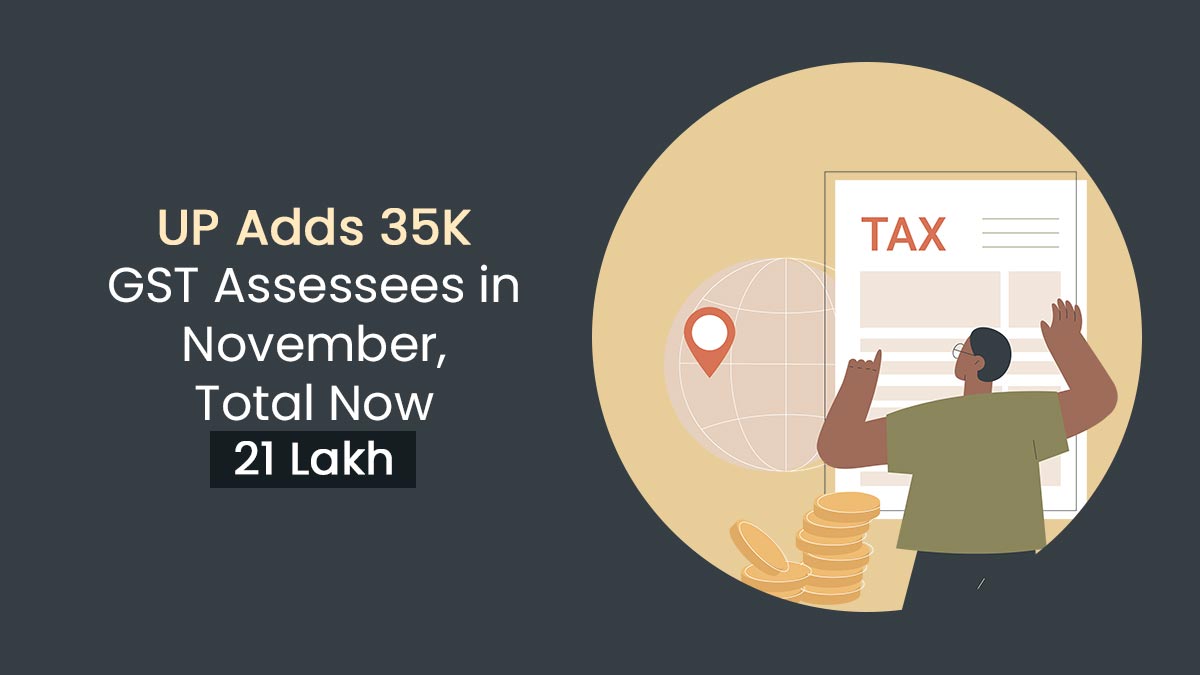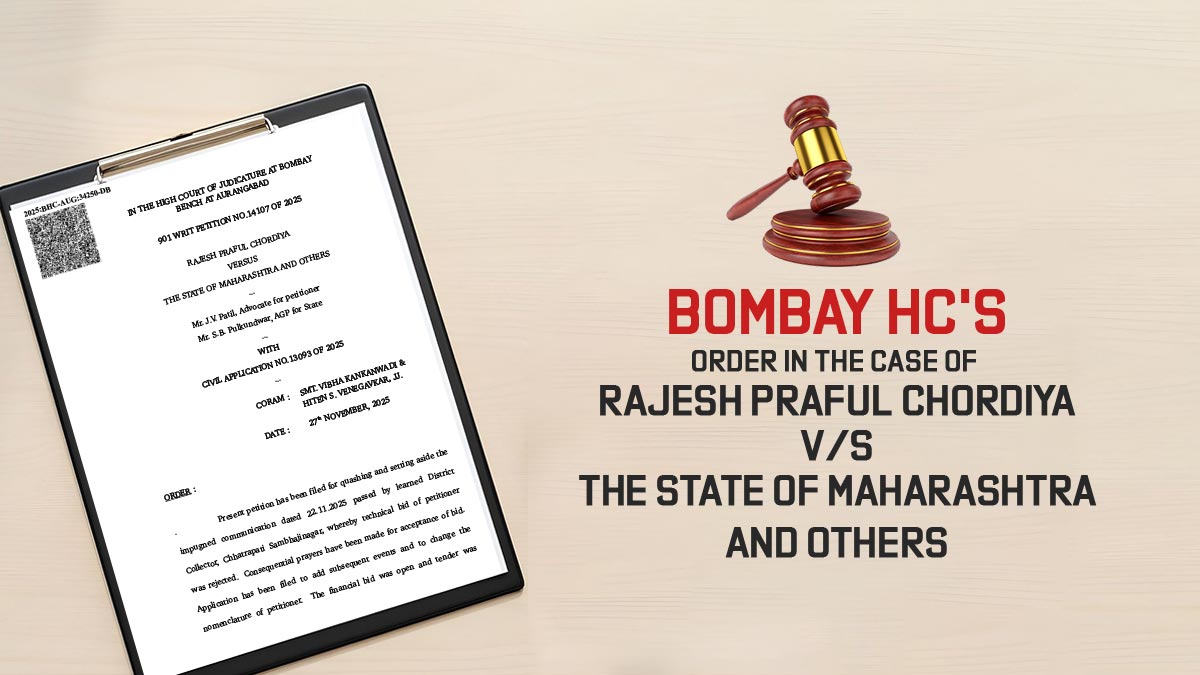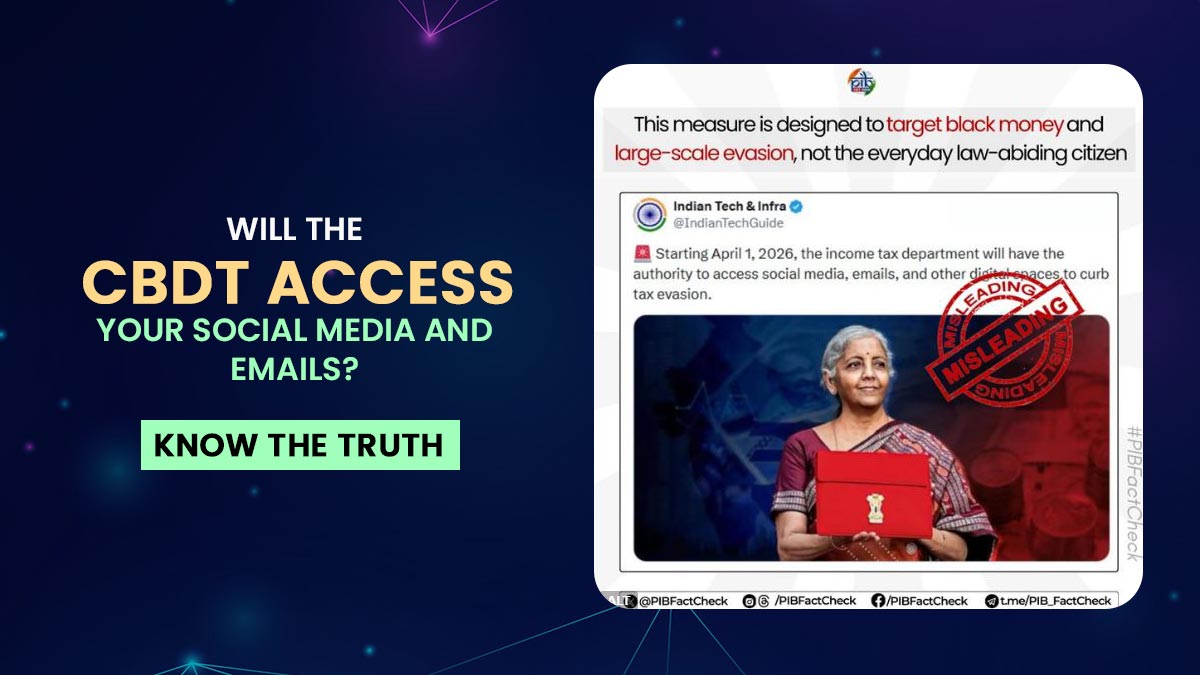
The clarifications seek the applicability of the demand and the penalty provisions on the transactions invoicing the bogus invoices.
The GST officials in their next week’s meeting seem to acknowledge a proposal to draw clarity on the actions with respect to the entities engaged in Input Tax Credit claims that becomes a bigger source of providing the bogus invoices.
More than 6,700 cases have been registered and 650 people were arrested by centres and states since Nov 2020. 20,000 bogus GST would have been recovered and more than Rs 50,000 cr in the bogus input tax credit demand would be fetched, the recovery stood at Rs 2400 cr.
The businesses and the officers seek clarifications on the demand and penalty for the bogus invoices transactions. The officials mentioned that they will furnish a clarification in the form of an FAQ, said GST officials.
As per the council, the clarifications can be furnished in the three scenarios. What would happen when there is a tax invoice issuance by one enrolled individual to the other with no underlying goods or services supply? Due to no supply, no tax demand and recovery could be made, however, any individual who issues the invoices will be responsible for the penal action.
Read Also: Fraudsters Mind vs Govt Intelligence for Fake GST Invoices
In the other scenario, an enrolled entity would get a bogus invoice with no underlying supply but claim the input tax credit on the basis of that specific invoices. In that condition, the mentioned business can be responsible for the demand and recovery of the ITC as well as the imposition of the penal action and the interest.
The third scenario consists of providing the bogus invoice issuance through one enrolled entity to the other and passing on the mentioned ITC to the other enrolled entity. In that condition, the 2nd entity can be responsible for the penal action on the two counts, ITC claim in a bogus way or issuance of the bogus invoices.
The experts recommended different ways to restrain the risk. Tax expert-recommended various GSTIN enrolments toward a mentioned address or PAN, GSTIN through the incomplete addresses, transactions of the higher value by the new taxpayer along with the substantial payment of the outward liability via Input tax credit only, the mismatch between the premises indicated and the goods transacted volume, GSTIN validates for the mismatch between the outward supplied and the e-way bills generated, data matching with the additional tax council like Custom Authorities, Income Tax Authorities, Registrar of Companies, and others. Determining the users of the bogus invoices is also essential and the same would be performed via investigating the ITC usage exceeding 95%.
The tax expert mentioned that the Government would not proceed to validate if there is actually a respective goods supply with respect to the invoice. As per that he recommended the specific file given in the monthly GST return to mention the details of opening and closing the stocks for monitoring the purchase and supply of goods. The goods movement would get monitored by linking the FASTag system with the E-way bill portal.
“There should be a close-knit interface platform between the GST department and other government authorities (such as electricity, pollution, municipalities, etc.) to identify lack of valid clearances/licenses/permissions that are required to deal in any manner with either inputs or final products or intermediate products, input services or output services. This will assist the taxmen in red-flagging non-compliant GSTNs,” a tax expert articulated.









